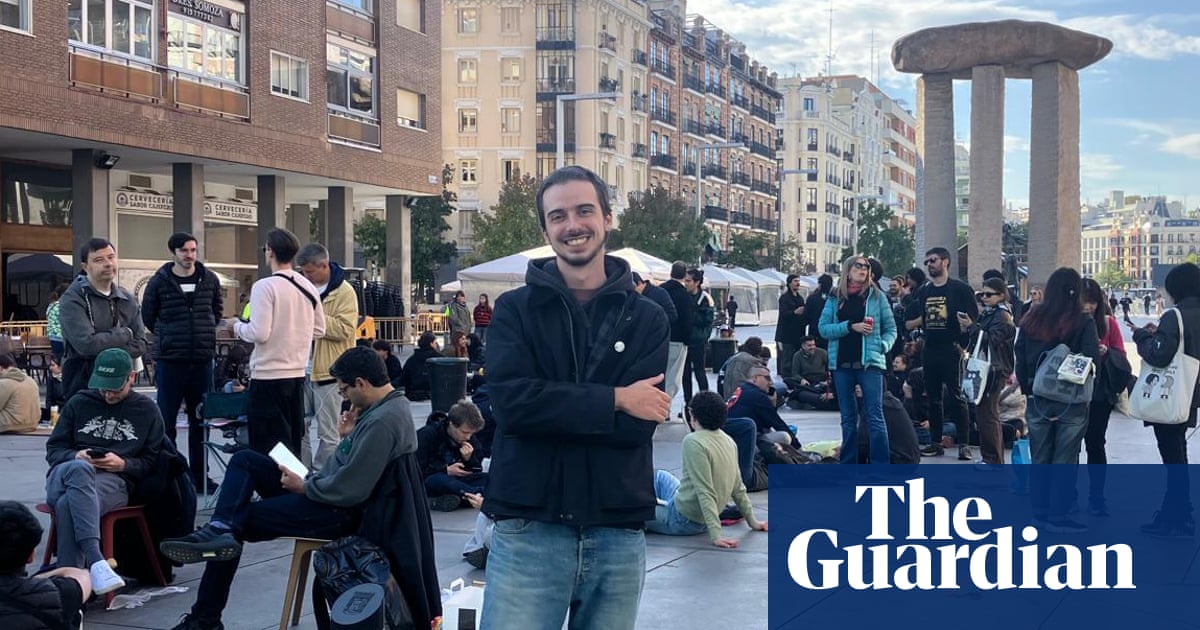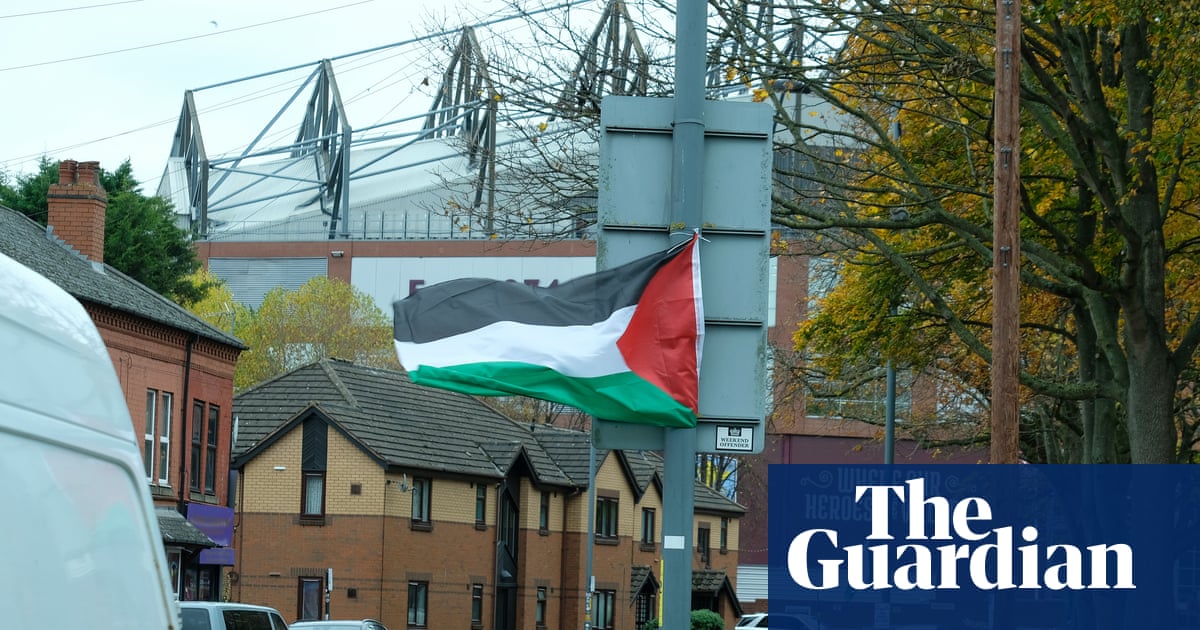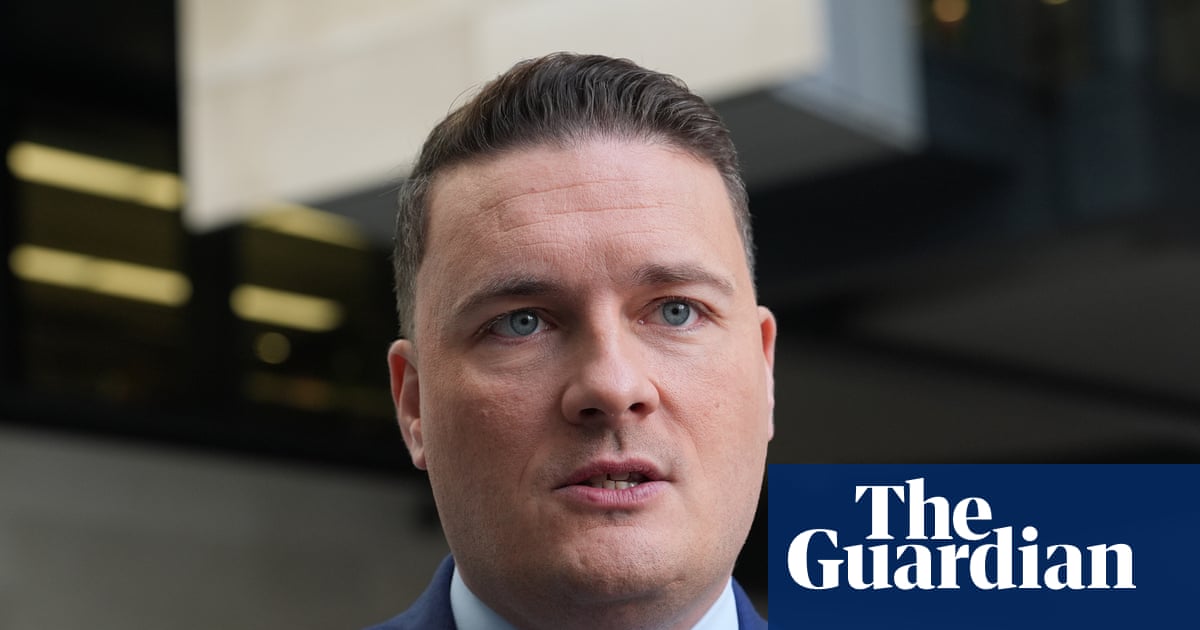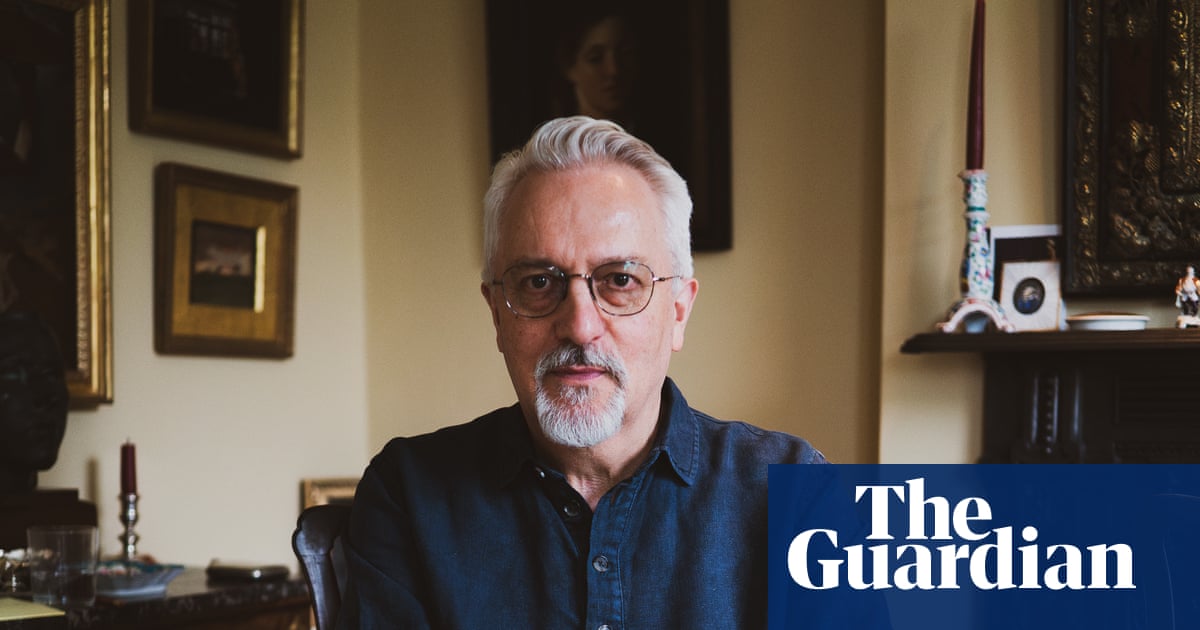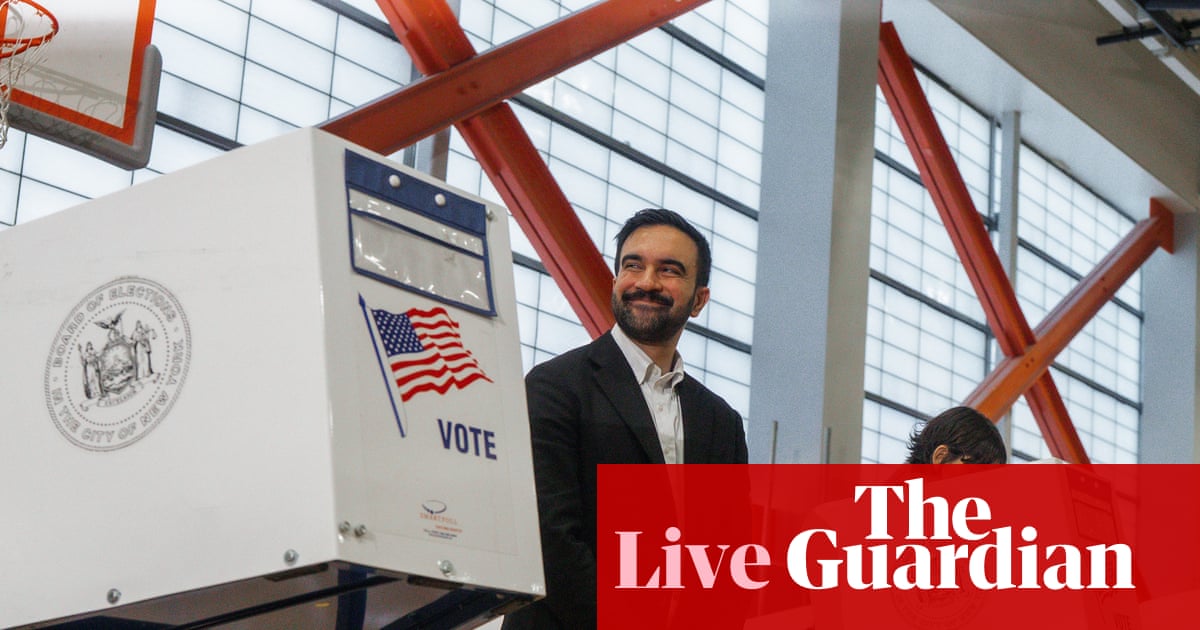A man who tried to apprehend the Southport killer said he thought he was “dying at every stage” after being stabbed in a scene of “horror”.
Jonathan Hayes, speaking at the inquiry into the attack, told of his “terror” as he witnessed Axel Rudakubana wielding a bloodied 20cm kitchen knife.
“That quickly turned to horror as I witnessed critically injured children and began to realise what was happening. I grappled with the attacker and fell to the floor,” he said.
“Initially I didn’t even know I had been stabbed but when I looked down, I saw blood pouring out of my leg.”
Hayes, a businessman whose office was in the same building as the Taylor Swift-themed holiday club, said he thought Rudakubana might “finish me off” but instead colleagues came to his aid, using a makeshift tourniquet to stem the blood loss.
He said he was “pretty sure that saved my life” and that the pain was overwhelming.
The inquiry is examining missed opportunities to prevent the killing of Bebe King, six, Elsie Dot Stancombe, seven, and Alice da Silva Aguiar, nine, and the attempted murder of 10 others on 29 July last year.
Giving evidence at Liverpool town hall on Monday, Hayes said it “seemed like an age” before police and paramedics arrived, counting about 15 minutes where he heard the “carnage” outside.
The 64-year-old was still conscious as he was carried out of the building on a stretcher. The hall was “like something from a horror movie”, he said. “It was like someone had painted the walls red.”
He added: “My overriding feeling was one of fear; I thought I was dying at every stage; whilst on the floor in the office, on the stretcher, in the road and in the ambulance. That anxiety didn’t diminish until I was at hospital. Only when in hospital did I feel safe.”
Hayes described being rushed to Aintree hospital in what felt like seconds. His wife, Helen, met him there and recalled him telling her: “I tried to help her, I tried to help her.”
Doctors said his injury was “far more significant than anybody thought”, with the 10cm wound damaging nerves and tissue. He lost all sensation and mobility and worried about being left permanently disabled, having previously been active and energetic.
His physical recovery took a long time, he said, as he was unable to bend his knee and took two to three months to tackle stairs. Helen became his full-time carer.
Addressing the inquiry chair, Adrian Fulford, Hayes said his scar from the wound was a daily reminder of the attack and that he had suffered deep psychological trauma.
He endured constant flashbacks in the first six months, he said, suffering sleepless nights and was hyper-vigilant, always looking over his shoulder. He was constantly wary of anyone wearing a hooded top, he said.
“I am still waking up with horrific images in my mind and suffer from frightening flashbacks. I think about death and morbidity much more now,” he said. “It’s like I’ve had a hammer blow and come out a bit dazed and more fragile. I have had some of the confidence knocked out of me. I feel a bit bruised.
“I don’t have the same aspirations that I had. My priorities have changed. I’m not sure of my life goals any more. Something has changed in me.
“However, I am a survivor and I am grateful to all those who played a part in enabling me to say that.”
Like others affected by the attack, Hayes said he was particularly disturbed by the image of Rudakubana glaring menacingly in a police picture taken after his arrest: “Still now I see that demonic image of the mugshot. That is such a harrowing image that I cannot shake.”

 1 month ago
51
1 month ago
51



